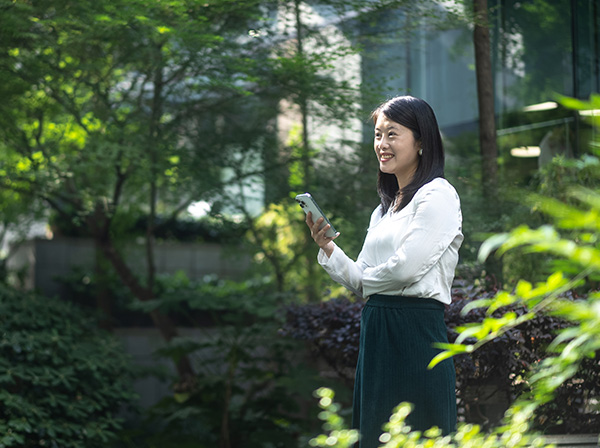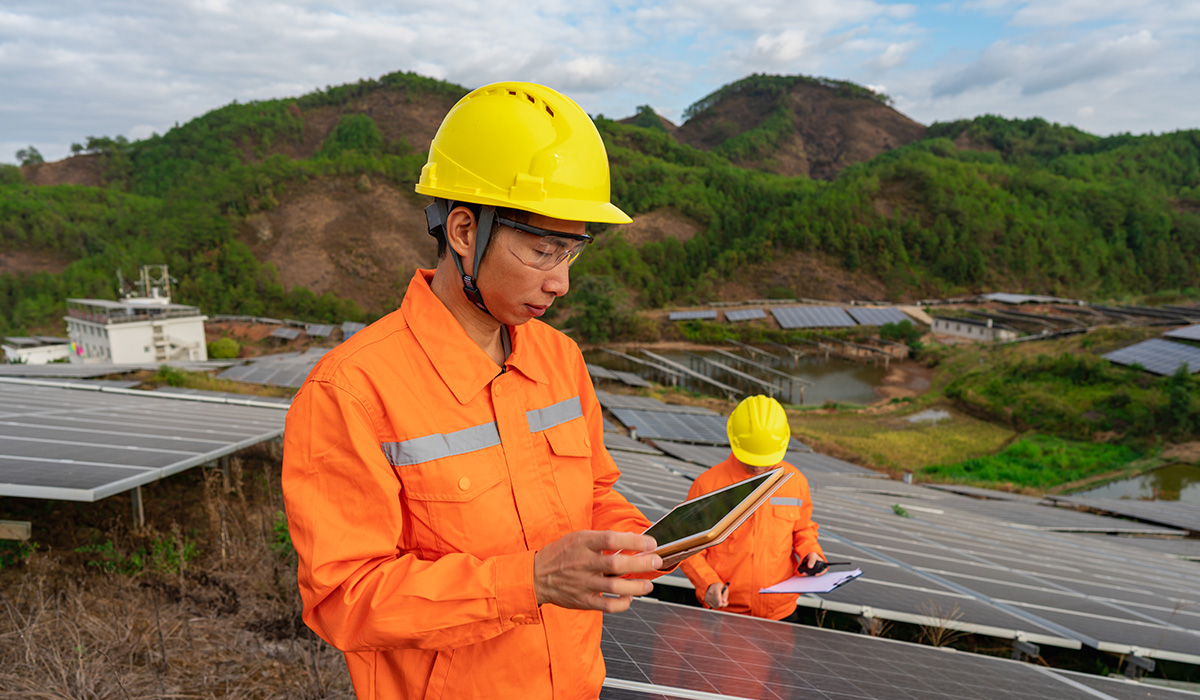Asean countries’ green investments are growing – but not fast enough to achieve their decarbonisation targets. To help close this gap, sustainable financing players like Maybank are collaborating with Asian companies on innovative funding solutions.
The Asean region is at a critical crossroads in its decarbonisation journey.
Southeast Asia faces a significant gap in sustainable investments needed to fund its transition to net zero, and current macroeconomic conditions may pose even more challenges to achieving its green targets.
The latest data shows that even though Asean’s green investments reversed a slide in 2022 to rise 20 per cent in 2023, the current level of investment falls far short of the US$1.5 trillion needed to fund the region’s decarbonisation pledges by 2030.
Southeast Asian economies received US$6.3 billion of sustainable investments in 2023, according to research by Bain & Company, GenZero, Standard Chartered and Temasek.
Will the region sustain or accelerate this investment growth in 2024 and beyond?
Persistently elevated inflation and interest rates today are adding fresh pressures to Asean governments and companies. They already face a dilemma about whether to boost flagging economic growth using cheaper, more readily available fossil fuel energy sources, or to invest in clean energy and decarbonisation projects that may not yield fast business results.
Closing the gap with impactful projects
With just 1.5 per cent of the US$1.5 trillion target for cumulative investment in the energy and nature sectors invested to date, it may look like a daunting task for Asean governments to reach their nationally determined contribution targets by 2030.
But there is still room for optimism. One area where Asean companies are heading in the right direction is their push to create digitalised, resilient supply chain ecosystems that are supported by sustainable financing practices.
One prime example is Maybank’s recent collaboration with Singapore-based Doxa Holdings International (Doxa) to provide and elevate supply chain financing (SCF) solutions for market players in the building and construction sector.
This partnership, which aims to expand SCF solutions eventually to other industries, is aligned with Maybank’s Malaysia-Singapore trade corridor strategic play. It will expand the reach of Doxa’s SCF solutions, which come with key features including document digitisation, integrated payments solutions, and green trade financing modules, to serve large corporates and SMEs in Singapore and Malaysia.
Another area where Asian countries are making progress is in green data centres, which were the key driver of the increase in Asean’s green investments in 2023.
Singapore has become a hotspot for data centres and cloud service providers, supported by the introduction of its new sustainability standards for data centres operating in tropical climates.
Meanwhile, Malaysia attracted about US$500 million in two data centres in 2023, according to Bain data.
Johor, for one, is emerging as a key hub to serve ASEAN economies, receiving RM 90 billion of the RM 144 billion of data centre investments recently approved by the Malaysian federal government approved for the country.
One notable project in Johor is YTL Power’s development of a 48 megawatts IT Load Hyperscale Data Centre in Johor. This is part of a plan to build Malaysia’s first 500MW green data centre park integrated with on-site photovoltaic power, providing clients with more sustainable and lower carbon solutions.
Maybank was one of the joint mandated lead arrangers for a RM1.1 billion Islamic term financing facility to fund this project. The bank is also a joint coordinator for a RM 1.276 billion loan to fund Princeton Digital Group’s JH1 campus in Johor, which is one of the largest campuses in Malaysia designed to serve companies’ Artificial Intelligence infrastructure needs.

Matching green funds to needs
There is clearly a huge need for finance, but there is a mismatch between green opportunities and capital flows.
Financial players like Maybank are actively bridging this gap by creating innovative sustainable financing solutions. Such initiatives have earned regional recognition including “Green Deal of the Year – Singapore” at ABF Corporate and Investment Banking Awards 2023..
Our customised solutions and support for our clients in their decarbonisation journeys have helped to mobilise about RM68 billion (S$20 billion) in sustainable finance from 2021 to end-2023, and set to exceed our 2025 sustainability commitment targets of RM80 billion (S$23 billion). .
This mobilisation covers a wide range of solutions, from loans, bonds, advisory and underwriting for diverse industries across Asian markets.
Leveraging on its green financing expertise, Maybank became Malaysia’s first bank to launch a Transition Finance Framework in late 2023. This framework outlines an approach for classifying and recognising financing solutions to help emissions-intensive sectors decarbonise.
Carrots for corporate sustainability
There is still much that can be done by the financial sector to help Asean economies reach their net zero goals.
For one, banks can structure loans that further incentivise corporate sustainability.
Maybank’s three-year, US$100 million sustainability-linked loan granted to Wilmar International in May 2024 is an example of how green financing can be structured to support companies’ efforts to accelerate their decarbonisation journeys.
Under the facility, the interest rate will be reduced on a tiered basis based on Wilmar achieving a set of pre-determined Environmental, Social and Governance (ESG) metrics.
These targets include Wilmar’s internal key performance indicators as well as external benchmarking standards. Wilmar is the only Singapore-incorporated company under the category of Food Products to be listed in the Dow Jones Sustainability Indices (DJSI) World Index, and has been listed since November 2021.
Flexible solutions
Another area where banks can make a green difference is by designing financial solutions that support companies’ ESG initiatives amidst an uncertain macroeconomic environment.
As Gregory Seow, Head of Global Banking at Maybank Singapore, pointed out, “In today’s dynamic marketplace with higher-for-longer interest rates, businesses require timely, flexible and customised solutions to navigate challenges and capitalise on opportunities.”
One such solution is Banyan’s first Sustainability-Linked Senior Unsecured Syndicated Term Loan Facility. Maybank Singapore spearheaded this S$70 million facility, which will help Banyan Tree advance responsible tourism and support the hospitality industry’s decarbonisation pathway.
Bright green future ahead
At Maybank, we are optimistic about Southeast Asia’s green economy potential, which could generate annual revenues of US$300 billion by 2030 – five per cent of the region’s total GDP.
The momentum for sustainability-linked financing will only get stronger over time, and Maybank is committed to supporting Asean companies to create a vibrant green economy.

 Linkedin
Linkedin Facebook
Facebook Email
Email Whatsapp
Whatsapp Telegram
Telegram
